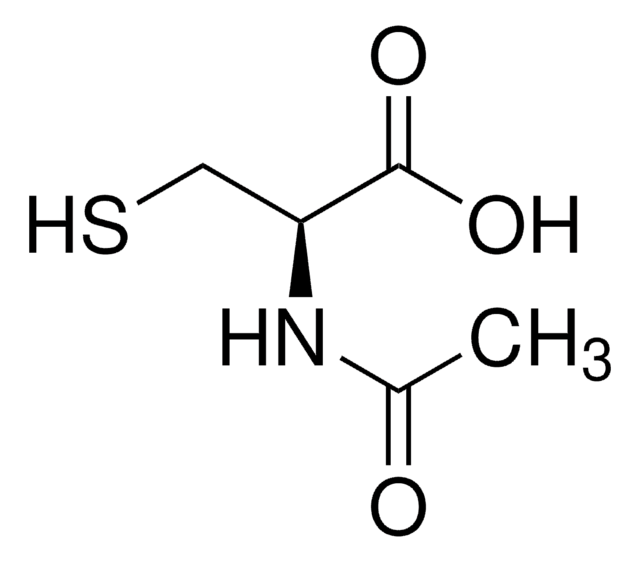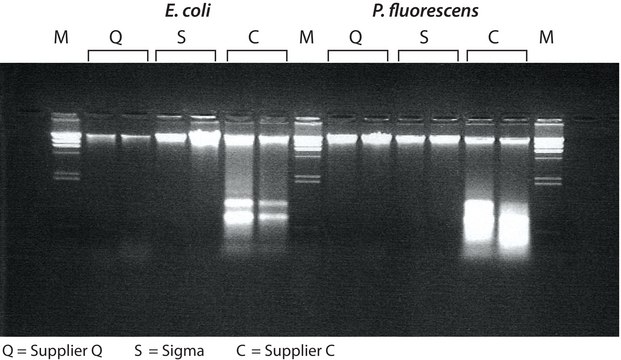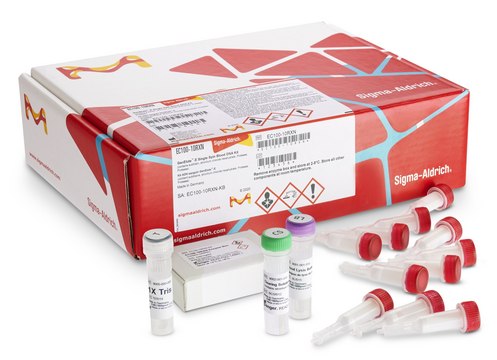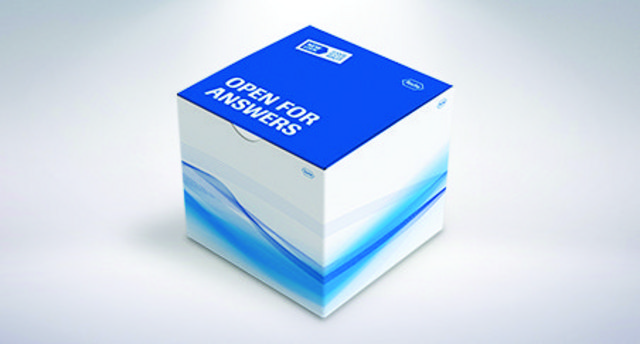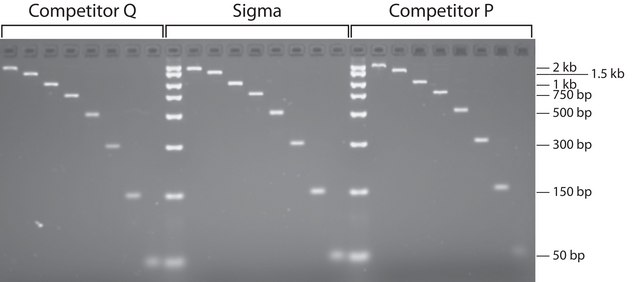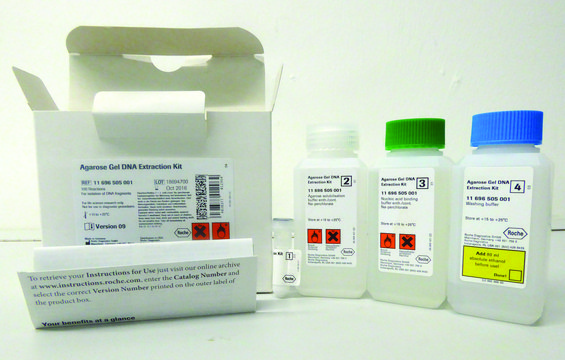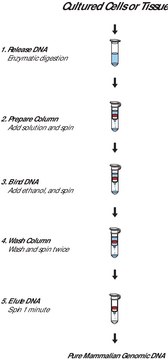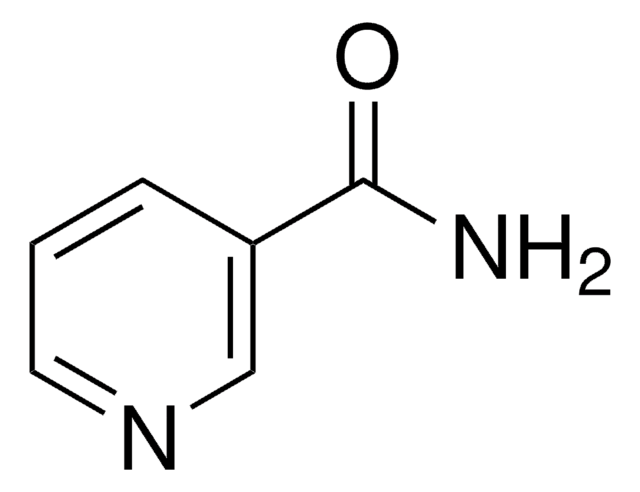推荐产品
出版信息
R. Westermeier, John Wiley & Sons, 2005, 384 pp., hard cover
包装
pkg of 1 ea
制造商/商品名称
Wiley
一般描述
This laboratory guide for successful electrophoretic separations is divided into two parts to provide readers with a thorough presentation of the fundamentals followed by a detailed description of the most common methods currently in use. This fourth edition retains the successful concept of its predecessors, yet features a brand-new layout, and is further enhanced by a section on difference gel electrophoresis, while the chapter on proteome analysis is practically all new and considerably extended, plus there are now around 10 % new literature references.
目录
Part I Fundamentals.
1 Electrophoresis.
1.0 General.
1.1 Electrophoresis in non-restrictive gels.
1.2 Electrophoresis in restrictive gels.
2 Isotachophoresis.
2.1 Migration with the same speed.
2.2 Ion train separation.
2.3 Zone sharpening effect.
2.4 Concentration regulation effect.
3 Isoelectric focusing.
3.1 Principles.
3.2 Gels for IEF.
3.3 Temperature.
3.4 Controlling the pH gradient.
3.5 The kinds of pH gradients.
3.6 Protein detection in IEFgels.
3.7 Preparative isoelectric focusing.
3.8 Titration curve analysis.
4 Blotting.
4.1 Principle.
4.2 Transfer methods.
4.3 Blotting membranes.
4.4 Buffers for electrophoretic transfers.
4.5 General staining.
4.6 Blocking.
4.7 Specific detection.
4.8 Protein sequencing.
4.9 Transfer problems.
5 Interpretation of electropherograms.
5.1 Introduction.
5.2 Image analysis.
6 Proteome Analysis.
6.1 General.
6.2 Sample preparation.
6.3 Two-dimensional electrophoresis.
6.4 Detection techniques.
6.5 Image analysis.
6.6 Protein spot identification.
6.7 Bioinformatics.
6.8 Functional proteomics.
7 Instrumentation.
7.1 Current and voltage conditions.
7.2 Power supply.
7.3 Separation chambers.
7.4 Staining apparatus for gels and blots.
7.5 Automated electrophoresis.
7.6 Instruments for 2-D electrophoresis.
7.7 Safety measures.
7.8 Environmental aspects.
Part II Equipment and Methods.
Equipment for Part II.
Instrumentation.
Special laboratory equipment.
Consumables.
Chemicals.
Method 1: PAGE of dyes.
Method 2: Agarose and immuno electrophoresis.
Method 3: Titration curve analysis.
Method 4: Native PAGE in amphoteric buffers.
Method 5: Agarose IEF.
Method 6: PAGIEF in rehydrated gels.
Method 7: Horizontal SDS-PAGE.
Method 8: Vertical PAGE.
Method 9: Semi-dry blotting of proteins.
Method 10: IEF in immobilized pH gradients.
Method 11: High-resolution 2-D electrophoresis.
Method 12: PAGE of double stranded DNA.
Method 13: Native PAGE of single stranded DNA.
Method 14: Denaturing gradient gel electrophoresis.
Method 15: Denaturing PAGE of DNA.
Appendix Trouble-shooting.
1 Electrophoresis.
1.0 General.
1.1 Electrophoresis in non-restrictive gels.
1.2 Electrophoresis in restrictive gels.
2 Isotachophoresis.
2.1 Migration with the same speed.
2.2 Ion train separation.
2.3 Zone sharpening effect.
2.4 Concentration regulation effect.
3 Isoelectric focusing.
3.1 Principles.
3.2 Gels for IEF.
3.3 Temperature.
3.4 Controlling the pH gradient.
3.5 The kinds of pH gradients.
3.6 Protein detection in IEFgels.
3.7 Preparative isoelectric focusing.
3.8 Titration curve analysis.
4 Blotting.
4.1 Principle.
4.2 Transfer methods.
4.3 Blotting membranes.
4.4 Buffers for electrophoretic transfers.
4.5 General staining.
4.6 Blocking.
4.7 Specific detection.
4.8 Protein sequencing.
4.9 Transfer problems.
5 Interpretation of electropherograms.
5.1 Introduction.
5.2 Image analysis.
6 Proteome Analysis.
6.1 General.
6.2 Sample preparation.
6.3 Two-dimensional electrophoresis.
6.4 Detection techniques.
6.5 Image analysis.
6.6 Protein spot identification.
6.7 Bioinformatics.
6.8 Functional proteomics.
7 Instrumentation.
7.1 Current and voltage conditions.
7.2 Power supply.
7.3 Separation chambers.
7.4 Staining apparatus for gels and blots.
7.5 Automated electrophoresis.
7.6 Instruments for 2-D electrophoresis.
7.7 Safety measures.
7.8 Environmental aspects.
Part II Equipment and Methods.
Equipment for Part II.
Instrumentation.
Special laboratory equipment.
Consumables.
Chemicals.
Method 1: PAGE of dyes.
Method 2: Agarose and immuno electrophoresis.
Method 3: Titration curve analysis.
Method 4: Native PAGE in amphoteric buffers.
Method 5: Agarose IEF.
Method 6: PAGIEF in rehydrated gels.
Method 7: Horizontal SDS-PAGE.
Method 8: Vertical PAGE.
Method 9: Semi-dry blotting of proteins.
Method 10: IEF in immobilized pH gradients.
Method 11: High-resolution 2-D electrophoresis.
Method 12: PAGE of double stranded DNA.
Method 13: Native PAGE of single stranded DNA.
Method 14: Denaturing gradient gel electrophoresis.
Method 15: Denaturing PAGE of DNA.
Appendix Trouble-shooting.
法规信息
新产品
我们的科学家团队拥有各种研究领域经验,包括生命科学、材料科学、化学合成、色谱、分析及许多其他领域.
联系技术服务部门